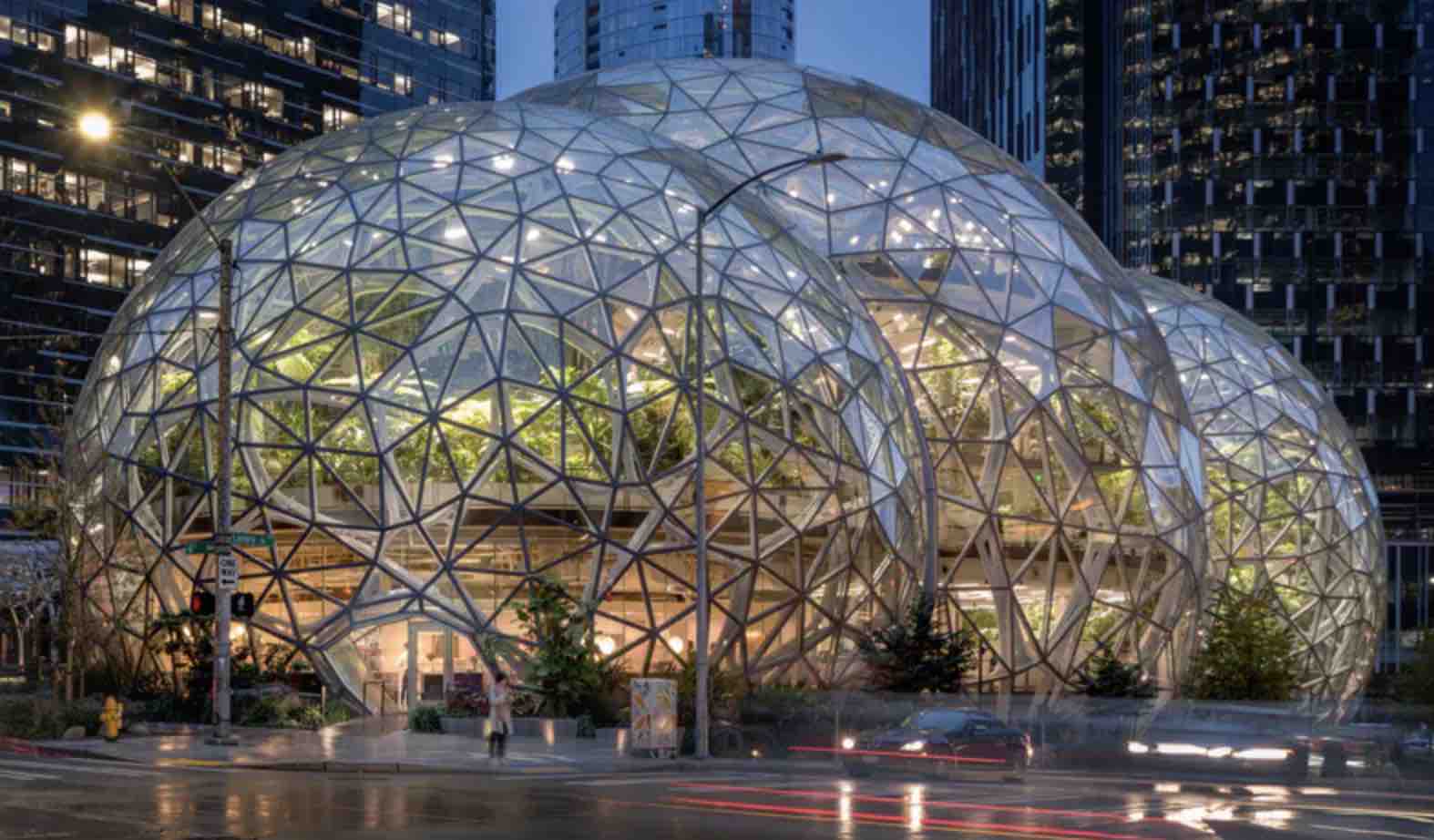
Are High Performance Coatings Environmentally Friendly?
High-performance coatings can be environmentally friendly, depending on their formulation and specific characteristics.
- High Performance Coatings
High Performance Coatings can be environmentally friendly, depending on their formulation and other specific characteristics.
The Green Revolution in High Performance Coatings: Balancing Performance and Environmental Responsibilities:
The coatings industry is experiencing a paradigm shift as manufacturers increasingly prioritize environmental sustainability without compromising performance. Today's high-performance coatings can indeed be environmentally friendly, representing a significant advancement from traditional formulations that often posed environmental and health challenges. This evolution reflects growing regulatory requirements, consumer awareness, and corporate responsibility initiatives driving innovation in sustainable coating technologies.
Understanding the Environmental Impact of Traditional Coatings
Before exploring eco-friendly alternatives, it's crucial to understand why traditional coatings have historically posed environmental concerns. Conventional coatings often contained high levels of volatile organic compounds (VOCs), heavy metals like lead and chromium, and petroleum-based solvents that can contribute to air pollution, water contamination, and health risks for both applicators and end users.
Key Environmental Benefits of Modern High-Performance Coatings
1. Advanced Low-VOC and Zero-VOC Formulations
Volatile organic compounds (VOCs) are chemicals that evaporate at room temperature, contributing to ground-level ozone formation and smog. Traditional coatings could contain VOC levels exceeding 400 grams per liter, while modern eco-friendly high-performance coatings often achieve levels below 50 g/L or even zero VOC content.
Technological Innovations:
- Waterborne formulations replace organic solvents with water as the primary carrier
- High-solids coatings contain higher concentrations of non-volatile components, reducing the need for solvents
- UV-curable coatings use ultraviolet light to initiate curing, eliminating the need for solvent evaporation
Real-world Impact: A facility switching from high-VOC to low-VOC coatings can reduce emissions by up to 90%, significantly improving indoor air quality and reducing environmental compliance costs.
2. Bio-Based and Renewable Raw Materials
The integration of eco-friendly ingredients marks a significant advancement in sustainable coating technology. Modern formulations increasingly incorporate renewable resources, reducing dependence on fossil fuels and minimizing carbon footprints.
Sustainable Ingredient Examples:
- Bio-based polyols from renewable feedstocks for polyurethane coatings
- Natural waxes and oils as performance additives
- Recycled content from post-consumer or post-industrial waste streams
Case Study: Tnemec Company's sustainable product guide demonstrates how manufacturers are successfully integrating renewable materials while maintaining high-performance standards. Their formulations have shown comparable or superior performance to traditional alternatives in durability testing.
3. Extended Durability and Lifecycle Benefits
High-performance eco-friendly coatings often exceed the longevity of traditional alternatives, creating significant environmental benefits through reduced maintenance cycles and material consumption.
Lifecycle Advantages:
- Enhanced durability extends service life from 7-10 years to 15-20 years or more
- Reduced maintenance frequency minimizes disruption and resource consumption
- Lower total cost of ownership through extended performance periods
- Decreased waste generation from less frequent recoating requirements
Environmental Mathematics: A coating system lasting 20 years versus one requiring renewal every 10 years reduces material consumption by 50% and associated transportation, packaging, and application emissions proportionally.
4. Energy Efficiency Through Advanced Coatings
Specialized high-performance coatings contribute directly to energy conservation and greenhouse gas reduction through thermal management properties.
Energy-Efficient Coating Types:
Thermal Barrier Coatings (like Aerolon):
- Provide exceptional insulation properties
- Reduce heat transfer by up to 40%
- Lower HVAC energy consumption in buildings
- Applicable to industrial equipment, pipelines, and building exteriors
Cool Roof Coatings (like Fluoronar):
- Reflect 70-90% of solar radiation
- Reduce surface temperatures by 50-80°F
- Decrease cooling loads by 15-40%
- Contribute to urban heat island mitigation
Quantified Benefits: A 100,000 square foot warehouse with cool roof coating can save 10,000-15,000 kWh annually, equivalent to preventing 7-10 tons of CO2 emissions.
5. Environmental Certifications and Standards
Third-party certifications provide objective validation of environmental claims and help specifiers make informed decisions.
Key Certification Programs:
Green Seal: Independent non-profit organization certifying products meeting rigorous environmental standards including VOC limits, prohibited substances, and performance requirements.
LEED (Leadership in Energy and Environmental Design): Building rating system that awards points for using low-emitting materials, including coatings with specific VOC thresholds.
GREENGUARD: Certification program focusing on indoor air quality, with strict limits on chemical emissions from building products.
Cradle to Cradle Certified: Comprehensive certification evaluating material health, renewable energy use, water stewardship, social fairness, and material reutilization.
Master Painters Institute (MPI) Green Performance Standards: Industry-specific standards for architectural coatings emphasizing both environmental responsibility and performance.
6. Proper Application and End-of-Life Management
Environmental benefits depend not only on product formulation but also on responsible application and disposal practices.
Best Practices for Environmental Stewardship:
Application Phase:
- Use appropriate spray equipment to minimize overspray and waste
- Implement proper surface preparation to ensure maximum coating adhesion and longevity
- Train applicators in efficient techniques to reduce material consumption
- Contain and capture overspray to prevent environmental release
Waste Management:
- Follow manufacturer guidelines for unused coating disposal
- Use closed-loop solvent recovery systems where applicable
- Properly clean and dispose of application equipment
- Document waste streams for regulatory compliance and continuous improvement
End-of-Life Considerations:
- First and foremost, select coatings compatible with overcoating, to extend useful life
- Consider biodegradable formulations for temporary applications
- Plan for responsible disposal or recycling of coated substrates
Making Informed Environmental Choices
When evaluating high-performance coatings for environmental friendliness, consider these key factors:
Product Evaluation Criteria:
- VOC content and emissions data
- Renewable content percentage and source verification
- Third-party certifications and their specific requirements
- Durability testing results and expected service life (use available ASTM Testing)
- End-of-life considerations including disposal and recyclability
- Supply chain transparency and manufacturer sustainability commitments
Due Diligence Process:
- Review technical data sheets and safety data sheets (SDS)
- Request environmental product declarations (EPDs) when available
- Consult with manufacturer technical representatives
- Verify certification claims through certifying body databases
- Consider lifecycle cost analysis including environmental externalities
Industry Leadership and Corporate Responsibility
Leading coating manufacturers are investing heavily in sustainable technology development, recognizing that environmental responsibility and high performance are not mutually exclusive but rather complementary objectives. Companies like Tnemec demonstrate through their sustainable product guides that rigorous environmental standards can coexist with exceptional performance characteristics.
Conclusion: The Path Forward
The evolution of environmentally friendly high-performance coatings represents a significant opportunity for specifiers, contractors, and end users to reduce environmental impact while maintaining or exceeding traditional performance expectations. Success requires a holistic approach considering product selection, application practices, and end-of-life management.
As regulatory requirements tighten and environmental awareness grows, the adoption of sustainable high-performance coatings will likely accelerate. Organizations that proactively embrace these technologies will benefit from reduced environmental compliance costs, improved indoor air quality, enhanced corporate sustainability profiles, and often superior long-term performance.
The future of high-performance coatings is undeniably green, offering unprecedented opportunities to protect assets while protecting the environment. By staying informed about emerging technologies, certification programs, and best practices, stakeholders can make decisions that serve both immediate performance needs and long-term environmental stewardship goals.
For more information about environmentally friendly high-performance coatings and to discuss specific project requirements, contact our technical team for a free consultation. Our experts can help you navigate the growing landscape of sustainable coating solutions while ensuring optimal performance for your specific application.
LET OUR KNOWLEDGE AND EXPERTISE HELP ENSURE YOUR NEXT PROJECT IS SUCCESSFUL

Measuring Paint Thickness: Wet Film vs. Dry Film...
Discover the intricacies of paint application and...

Does formulation and product performance matter?
The Critical Importance of Performance-Based...

Data Center Resinous Flooring Systems
Ensuring the longevity and safety of data center...